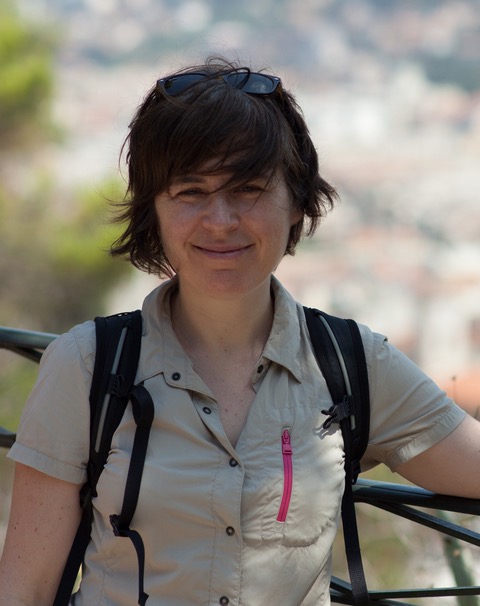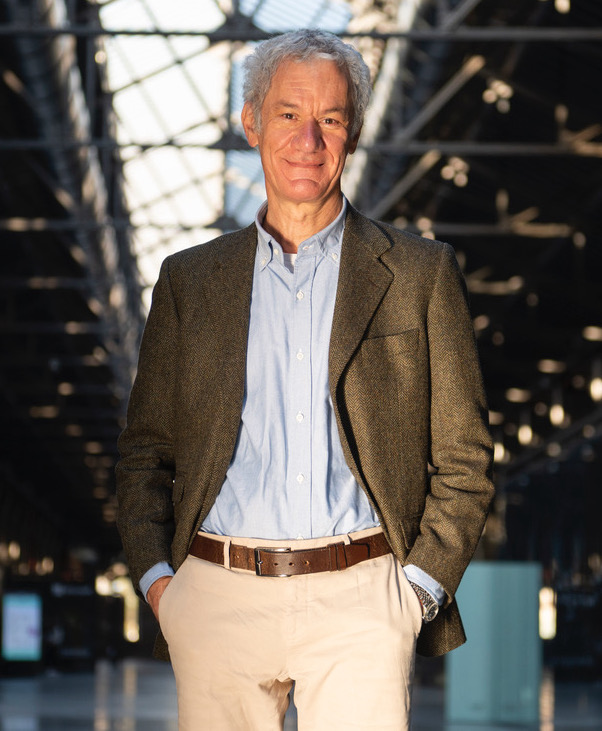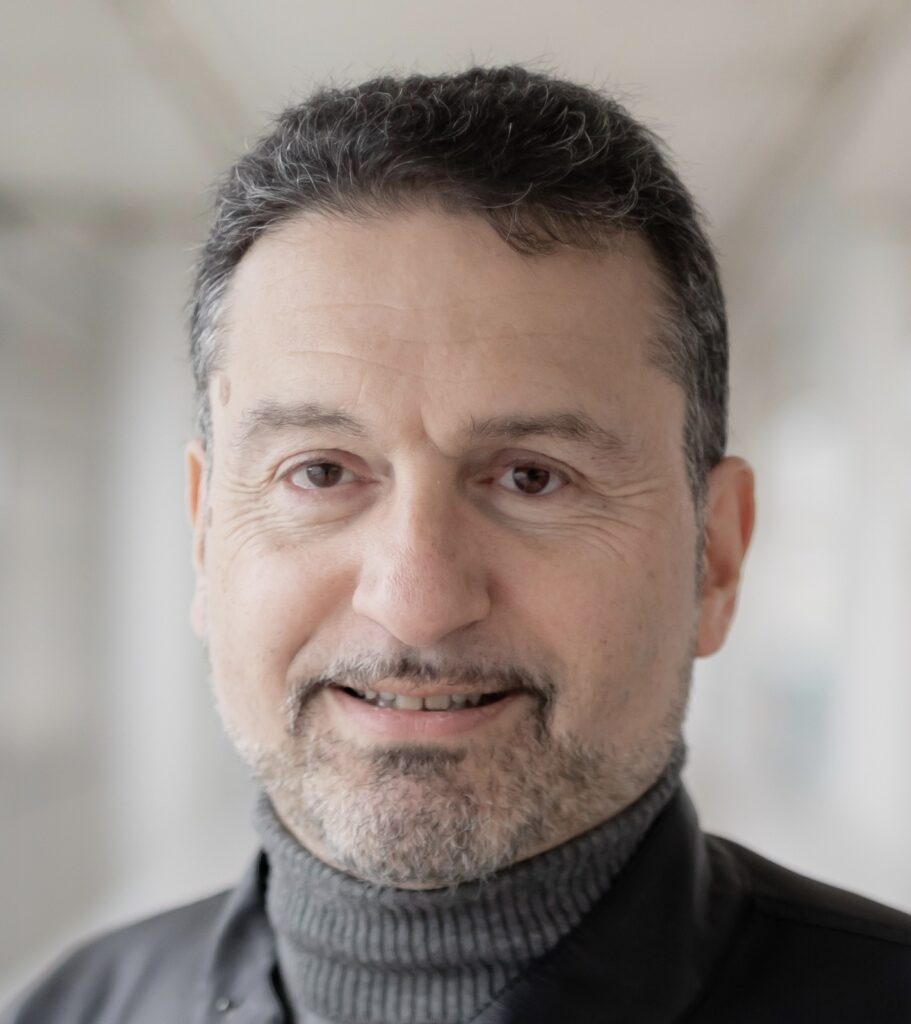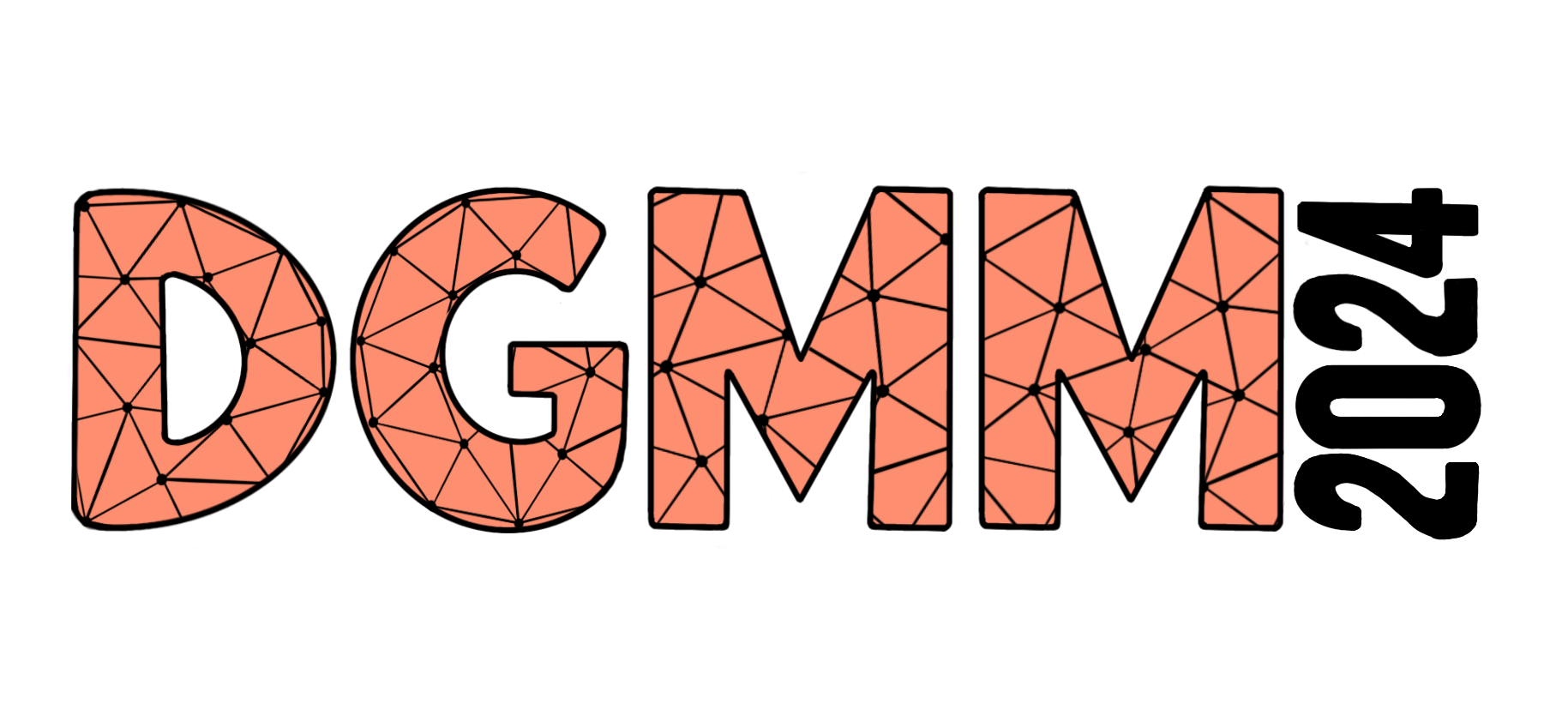Dominique Attali, Gipsa – lab, Grenoble (FR)

Title: Shape Reconstruction with Guarantees
Abstract: In many practical situations, the shape of interest is only known through a finite set of data points. Given as input those data points, one may wish to build an object that reflects as accurately as possible both the geometry and topology of the original shape. The resulting object may then be regarded as an approximation of the original shape, which can be measured or manipulated for certain tasks such as visual rendering, storing and searching in a database. The shape reconstruction problem has given rise to many research works in the computational geometry community, motivated by applications to 3D
model reconstruction and manifold learning. In my talk, I will give an overview of current research behind shape reconstruction, both in small and high dimensions. We shall review some classical constructions and state optimal conditions under which those constructions are guaranteed to be homotopy-equivalent to the shape. We shall then turn our attention to one particular instance of the shape reconstruction problem, in which the shape we wish to reconstruct is a submanifold of the Euclidean space. We shall see how to adapt those constructions to obtain an object that is guaranteed to be topology-equivalent to the shape under appropriate conditions.
Biography
Dominique Attali was a student at Ecole Normale Supérieure de Lyon from 1989 to 1993. She obtained a PhD in computer science in 1995 and a research position at CNRS in 1998. She is currently doing her research at the Gipsa-lab in Grenoble. Her research was first in digital geometry and then evolved to computational geometry and computational topology. She is interested in problems that arise in shape reconstruction, shape meshing and shape learning.
Massimo Caccia, Università dell’Insubria (IT)

Title: Random Power: in-silco quantum generation of random bit streams
Abstract: Random Power is a project, now turned into a start-up company, aimed to develop a platform of devices for random bit stream generation. The history of the company will be presented, from the idea flashing while working on single photon sensitive devices to awareness of the market potential, promotion through start-up competition and funding. The principle at the base of the device will be presented, together with its embodiments, the math behind the need to assess “true randomness”, the results, the state of play, the next steps, the perspectives.
IAPR sponsored speaker
Biography
Massimo Caccia is Full Professor of Experimental Physics at Università dell’Insubria in Como, Italy, and co-founder of Random Power, a research project turned into a spin-off company in June 2021. Particle Physicist, he grew up scientifically at CERN, Geneva, the house of the accelerator complex bringing sub-atomic particle to the highest ever reached energy and made to collide, exploring the laws of Nature at the smallest scale. Data analysit by mindset and Silicon Technologist , his focus is on Silicon detectors of particles and photons, for curiosity driven and applied research. He lead 6 research projects approved by the European Commission within the Framework Programs, since 2001. Today, the core of his activity is with Random Power, developing a platform of hardware random bit streams, complemented by ORIGIN, an EC project on real-time dosimetry in oncological brachytherapy; one technology for applications apparently light years away.
Laurent Najman, Université Gustave Eiffel Paris (FR)

Title: Power-Watershed: a graph-based optimization framework for image and data processing
Abstract:
The watershed is a tool originally developed in the mathematical morphology community for image segmentation. Over time, numerous adaptations have emerged, proving its applicability beyond image processing. Particularly, it has demonstrated its value in tasks such as data classification and filtering. This presentation aims to highlight the continued relevance of the watershed method in the era of deep learning. Following an overview of cutting-edge achievements attainable through the watershed technique, our focus shifts to the Power Watershed (PW) optimization framework, within the context of image and data processing. Existing literature recognizes the PW framework’s potential, especially when applied to prominent graph-based data processing algorithms like random walker, isoperimetric partitioning, ratio-cut clustering, multi-cut, and shortest path filters. The result is faster, yet consistent, solutions.During the talk, we delve into the PW framework’s underlying concept: the utilization of contrast invariance within data. This concept is elucidated using hypothetical images and experimental demonstrations. Importantly, the principles from this framework can be adapted for a wide range of graph-based cost minimization methods, and seamlessly integrated with deep learning networks, leading to scalable algorithms that consistently deliver high-quality outcomes.
IAPR sponsored speaker
Biography
Laurent Najman received the Habilitation à Diriger les Recherches in 2006 from the University of Marne-la-Vallée, a Ph.D. in applied mathematics from Paris-Dauphine University in 1994 with the highest honor (Félicitations du Jury) and an “Ingénieur” degree from the Ecole des Mines de Paris in 1991. After earning his engineering degree, he worked in the Central Research Laboratories of Thomson-CSF for three years, working on some problems of infrared image segmentation using mathematical morphology. He then joined a start-up company named Animation Science in 1995, as director of research and development. The technology of particle systems for computer graphics and scientific visualization, developed by the company under his technical leadership received several awards, including the “European Information Technology Prize 1997” awarded by the European Commission (Esprit program) and by the European Council for Applied Science and Engineering and the “Hottest Products of the Year 1996” awarded by the Computer Graphics World journal. In 1998, he joined OCÉ Print Logic Technologies, as senior scientist. He worked there on various problem of image analysis dedicated to scanning and printing. In 2002, he joined the Computer Sciences Department of ESIEE, Paris, where he is full professor and the leader of the A3SI team of the Laboratoire d’Informatique Gaspard Monge, Université Gustave Eiffel. His current research interests include the study of the topology of discrete structures (such as graphs, hierarchies, and simplicial complexes), using discrete mathematical morphology and discrete optimization.
